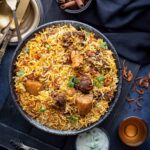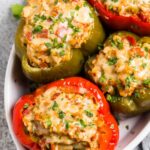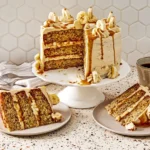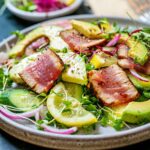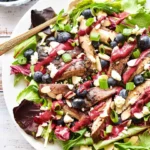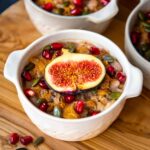Indian desserts are a delightful mix of flavors, textures, and traditions that can elevate any meal or celebration. From rich, creamy sweets to light, fragrant treats, these recipes offer a window into the diverse culinary heritage of India. Whether you’re a seasoned cook or a beginner, you’ll find these recipes enjoyable and rewarding to make.
Exploring Indian desserts is a delicious way to expand your cooking repertoire while savoring the unique tastes of this vibrant cuisine. Through these recipes, you can experience a range of ingredients like cardamom, saffron, rose water, and more that define Indian sweets. Get ready to discover the joy of creating these mouth-watering delights in your own kitchen.
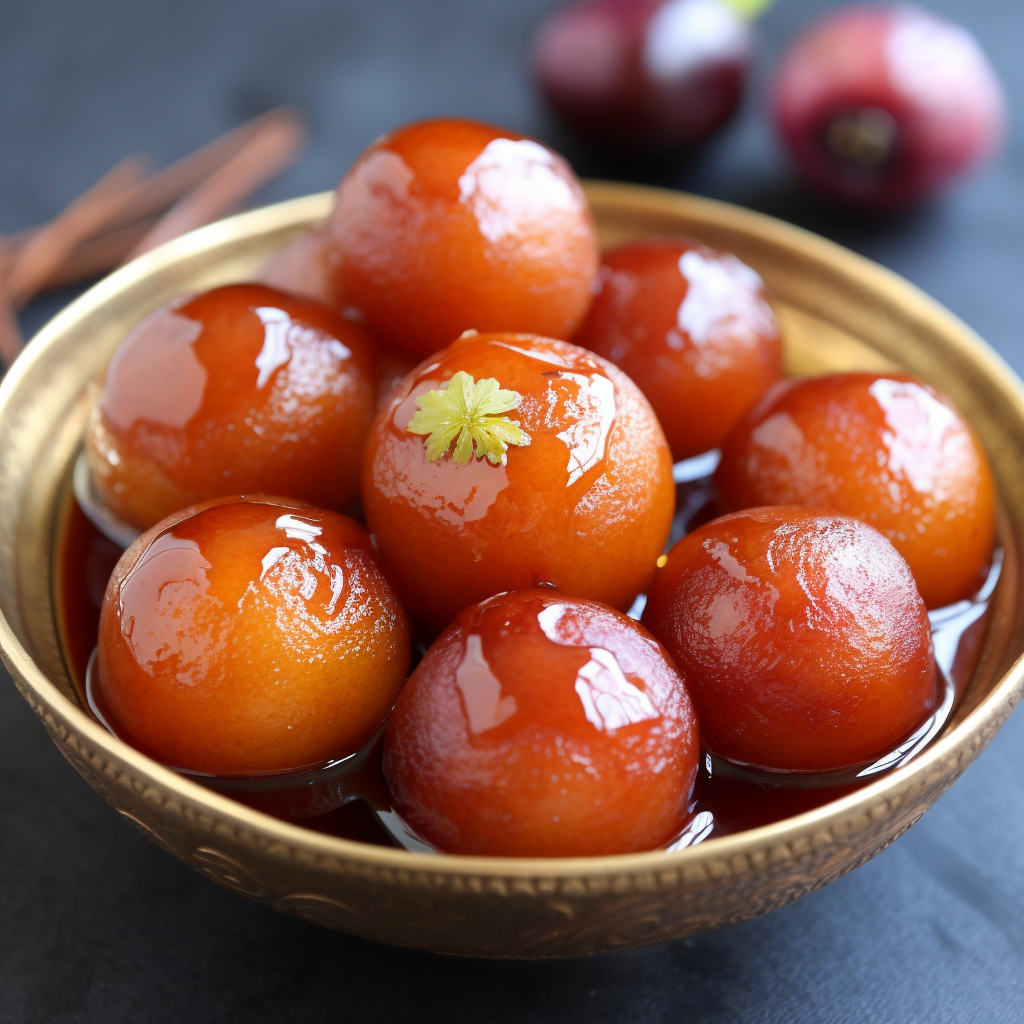
1) Gulab Jamun
Gulab Jamun is one of the most beloved Indian desserts. These sweet, syrup-soaked dough balls are often served at festivals and celebrations.
To make Gulab Jamun, you can start with milk powder, maida (all-purpose flour), and some ghee. Mix them together with a bit of baking powder.
Add milk slowly to form a soft dough, but be careful not to knead it too much. Kneading can make the dough tough, which isn’t ideal for this dessert.
Next, shape the dough into small balls. Heat oil on medium heat and fry the balls until they turn golden brown.
While the dough balls cool, prepare a sugar syrup by dissolving sugar in water. Add cardamom pods, saffron, and rose water to the syrup for a rich flavor.
Once the syrup is ready, soak the fried gulab jamun in it. Let them absorb the syrup for at least an hour before serving.
Gulab Jamun can be enjoyed warm or at room temperature. They are often garnished with nuts like pistachios or almonds. This dessert is a staple for sweet lovers in India and beyond.
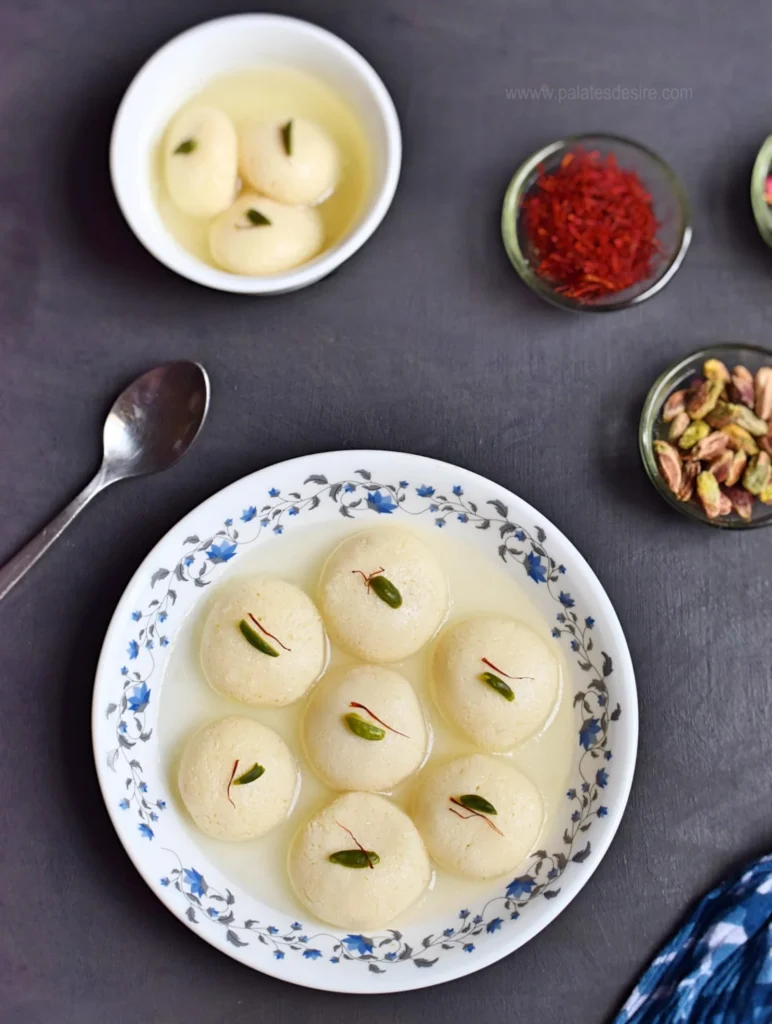
2) Rasgulla
Rasgulla is a classic Indian dessert made from chenna, which is an Indian cottage cheese. To make rasgulla, start by boiling milk. Then add lemon juice to curdle the milk, forming chenna.
After straining the chenna through a fine mesh or cheesecloth, shape it into small, smooth balls. These balls will be soft and spongy once cooked.
Make a sugar syrup by boiling sugar and water together. Drop the chenna balls into the boiling syrup carefully. Cover the pan immediately with a tight-fitting lid.
Cook the rasgulla balls on high heat for about 10 minutes. Some recipes suggest adding cardamom or rose water for extra flavor. Let the syrup cool before serving the rasgullas.
The result is a sweet, spongy dessert soaked in syrup that melts in your mouth. Rasgulla is a popular treat during festivals and celebrations. Enjoy it chilled or at room temperature.
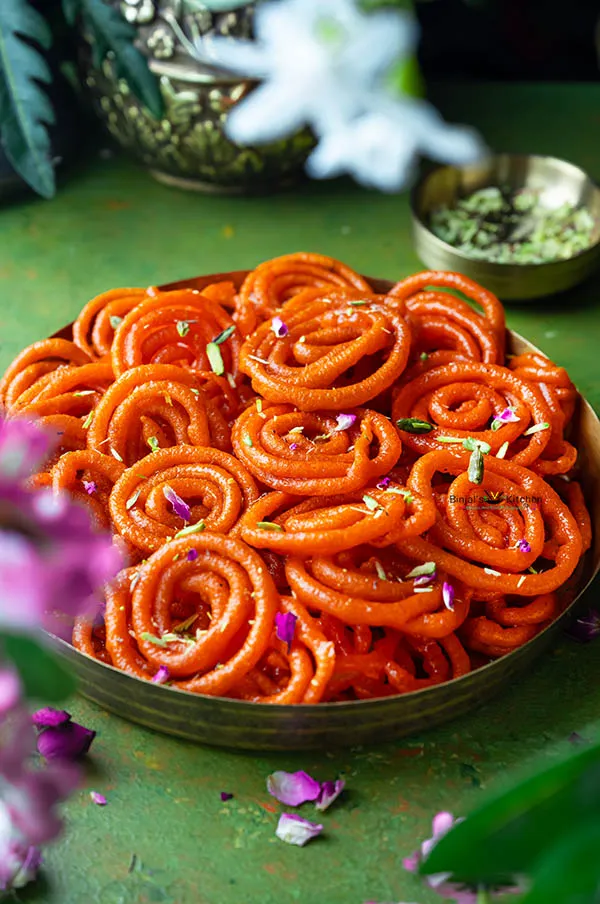
3) Jalebi
Jalebi is a popular Indian dessert known for its crispy texture and juicy sweetness. Made from a simple batter of flour, yogurt, and water, these spiral-shaped treats are deep-fried until golden and then soaked in sugar syrup.
Start by making the batter. Combine flour, a bit of cornstarch, and a pinch of turmeric in a bowl. Gradually add yogurt and water, whisking until smooth. The batter needs to be thick and slightly runny.
Next, let the batter ferment. Leaving it for 12 to 24 hours adds a slight sour flavor, which is essential for authentic jalebi. Once the batter is ready, pour it into a piping bag or a squeeze bottle.
Heat oil in a wide pan. Pipe the batter into spiral shapes directly into the hot oil. Fry until they turn crisp and golden, flipping as needed to cook evenly.
Meanwhile, prepare the sugar syrup. Boil sugar and water together until it reaches a one-string consistency. Add a little lemon juice and cardamom for flavor.
Once the jalebis are fried, quickly dip them in the hot sugar syrup. Let them soak for a few seconds, then remove and drain any excess syrup.
Enjoy your homemade jalebi while it’s still warm. The crisp exterior and juicy interior make this dessert a favorite at festivals and celebrations.
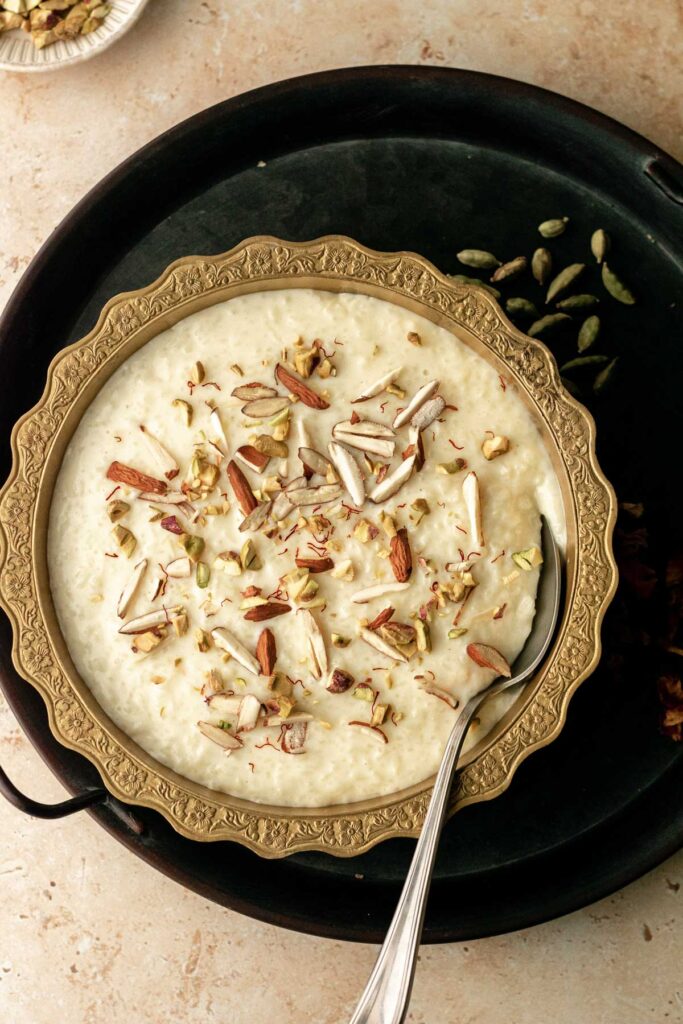
4) Kheer
Kheer is a beloved Indian dessert made with rice, milk, and sugar. It is often flavored with cardamom, raisins, and nuts. This creamy rice pudding is enjoyed during festivals and special occasions.
Start by rinsing and cooking half a cup of rice in a mixture of milk and water. You can use a pressure cooker or a pot. Once the rice is soft, add condensed milk to enhance the sweetness and creaminess.
Let the mixture simmer on low heat, stirring occasionally to prevent sticking. Add cardamom powder for a warm, aromatic flavor. You may also include raisins and rose water for added richness.
To finish, garnish the kheer with almonds and pistachios. Serve it warm or chilled, depending on your preference. This delightful dessert captures the essence of traditional Indian flavors, making it a favorite for many.
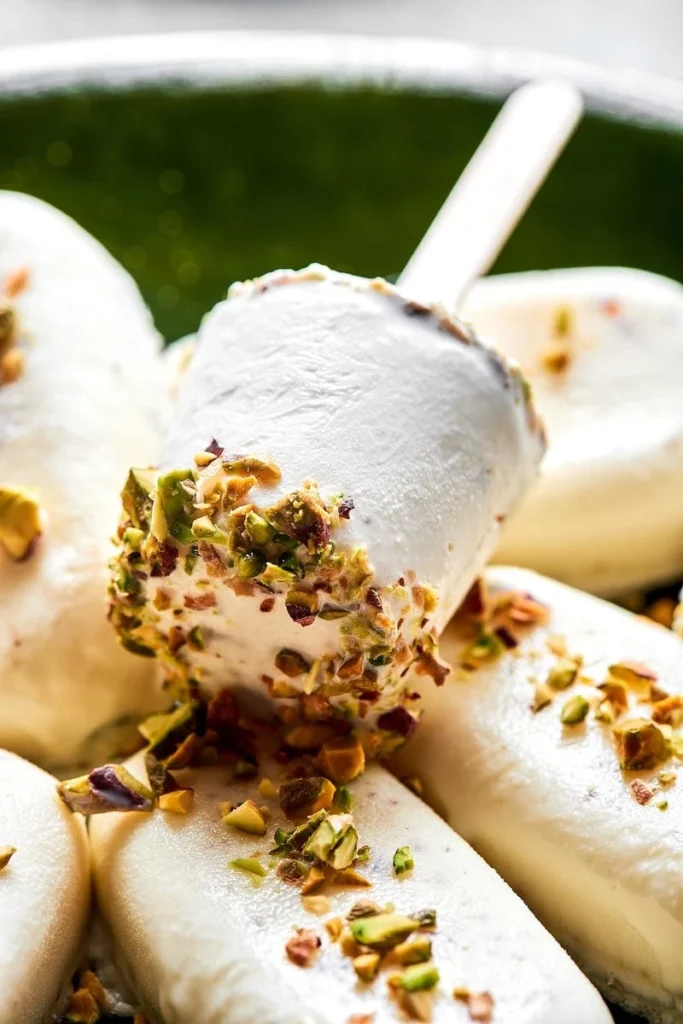
5) Kulfi
Kulfi is a beloved Indian dessert, often enjoyed during hot summer days. It’s a frozen dairy treat, similar to ice cream, but denser and creamier.
You usually start by boiling milk until it thickens. Add sugar, cardamom, and sometimes saffron for flavor. Finely ground nuts like pistachios, almonds, and cashews are then mixed in.
Once the mixture cools, it’s poured into molds and frozen. Traditional kulfi doesn’t require churning, making it simpler than other ice creams. Some recipes add cream or condensed milk for extra richness.
To serve, let the kulfi molds sit in warm water for a few seconds to loosen. Then, gently pull out the kulfi and enjoy.
This dessert’s unique texture and rich flavor make it a favorite at festivals and gatherings. Whether plain or flavored with fruits and nuts, kulfi is a delightful treat.
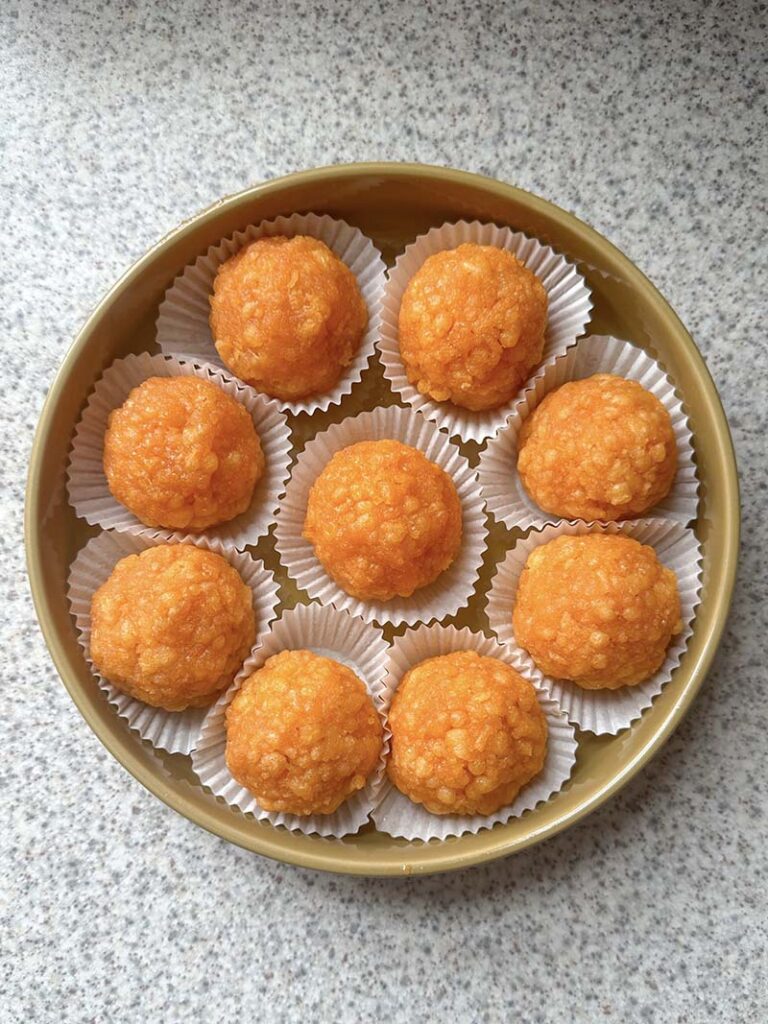
6) Ladoo
Ladoo is a popular Indian sweet made from various ingredients like flour, sugar, and ghee. It is shaped into small, round balls and enjoyed during festivals and celebrations.
Besan Ladoo is made from gram flour (besan). You need to roast the besan in ghee until it turns a golden brown and gives off a nutty aroma. This step is crucial for the right texture and flavor.
Once the besan mixture cools down, mix in powdered sugar and any optional nuts or flavorings like cardamom or saffron. Form the mixture into small balls with your hands.
You can also make Coconut Ladoo using grated coconut, sugar, and milk. Heat them together in a pan until they combine into a thick mixture. Form them into balls when cool. You can add fried nuts for extra flavor.
Ladoo can also be made using other ingredients like semolina, jaggery, or even different types of flour. Each variation has its unique taste, making Ladoo a versatile and beloved sweet in Indian cuisine.
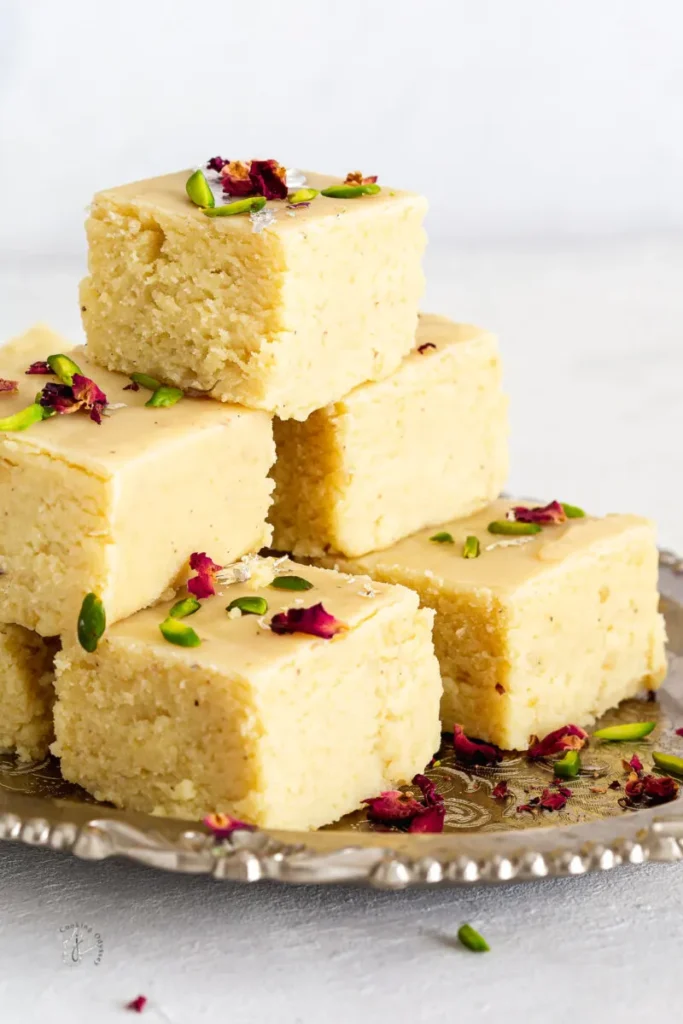
7) Barfi
Barfi is one of the most popular Indian sweets, enjoyed by people of all ages. It comes in many flavors and varieties, making it a versatile dessert. This sweet treat is primarily made from milk and sugar, but you can also find versions using coconut, besan (chickpea flour), or nuts.
Milk powder, ghee, and condensed milk are often used to give barfi its rich, creamy texture. One simple recipe involves heating milk and ghee, then slowly adding milk powder while stirring continuously. This mixture thickens into a soft, fudgy texture.
Microwave versions of barfi are quick and convenient. You can make delicious barfis in just minutes using the microwave, saving you both time and effort. You simply mix the ingredients and microwave them until they reach the desired consistency.
For a healthier twist, try Anjeer Barfi made with dry figs and nuts. These ingredients add natural sweetness and a delightful chewy texture. Dry roast the nuts first, then mix with softened figs for a unique and tasty barfi.
Coconut barfi is another popular variation. Made with coconut and jaggery, this barfi has a distinctive flavor. It’s also called kobbari mithai in some regions. This version skips refined sugar and condensed milk, giving it a more natural taste.
Whether you prefer traditional milk barfi or a modern twist with coconut or figs, barfi is a sweet you can easily make and enjoy at home.
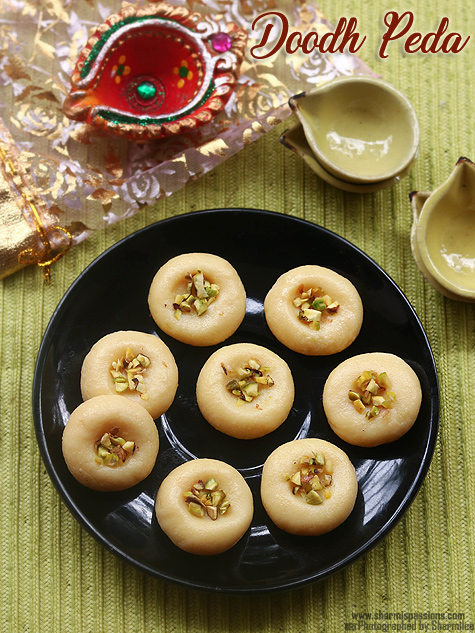
8) Peda
Peda is a popular Indian sweet made from milk and sugar. It’s often flavored with cardamom, saffron, or pistachios. Peda has a soft, fudge-like texture and is enjoyed during festivals and celebrations.
To make Peda, you start by heating a pan on medium heat. Add butter and let it melt. Then, add milk, milk powder, and paneer. Stir the mixture continuously as it cooks.
When the mixture begins to leave the sides of the pan and turns dough-like, it’s ready. This usually takes about 12 minutes. Let it cool a bit before shaping it into small, round pieces.
For added flavor, you can mix cardamom powder or saffron soaked in warm milk. Some people also add chopped pistachios on top for a nice crunch.
Another way to make Peda is using ricotta cheese and sweetened condensed milk. Melt the butter in a pan, add the ricotta and condensed milk. Stir until smooth, then add milk powder. Cook on low heat, stirring constantly to avoid lumps.
You can also make Peda using a microwave. Mix milk powder, condensed milk, and other ingredients. Microwave in short intervals until it thickens, then shape into pedas.
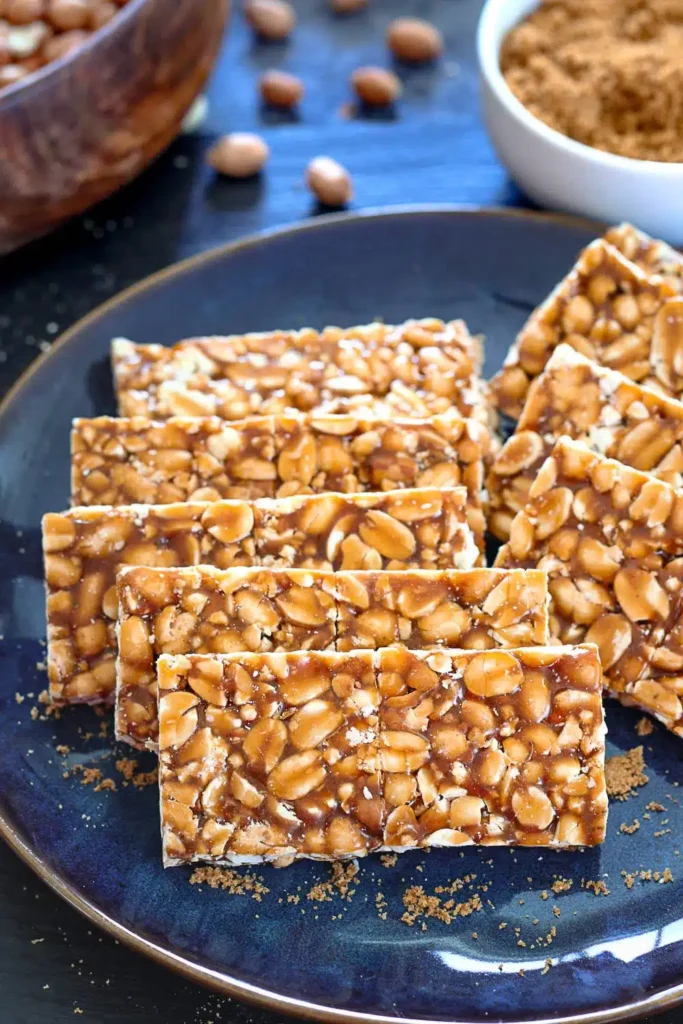
9) Chikki
Chikki is a popular Indian dessert known for its crunchy texture and sweet taste. It is made from nuts and seeds, bound together with jaggery or sugar syrup. Peanuts and sesame seeds are common ingredients in chikki.
To start, roast the nuts or seeds in a pan until slightly golden. This enhances their flavor and adds a nice crunch.
Next, melt jaggery or sugar in the same pan with a bit of ghee and water. Stir continuously to prevent burning and until the mixture reaches a thick consistency.
Once the jaggery or sugar syrup is ready, mix in the roasted nuts or seeds. Stir quickly to coat everything evenly before the mixture hardens.
Pour the hot mixture onto a greased surface or a lined tray. Use a rolling pin to flatten it out evenly. Let it cool for a few minutes.
Once cooled, cut the chikki into pieces while it’s still slightly warm. This makes it easier to cut into neat shapes.
Chikki is not only delicious but also provides a quick energy boost from the nuts and jaggery. Enjoy it as a snack or a dessert.
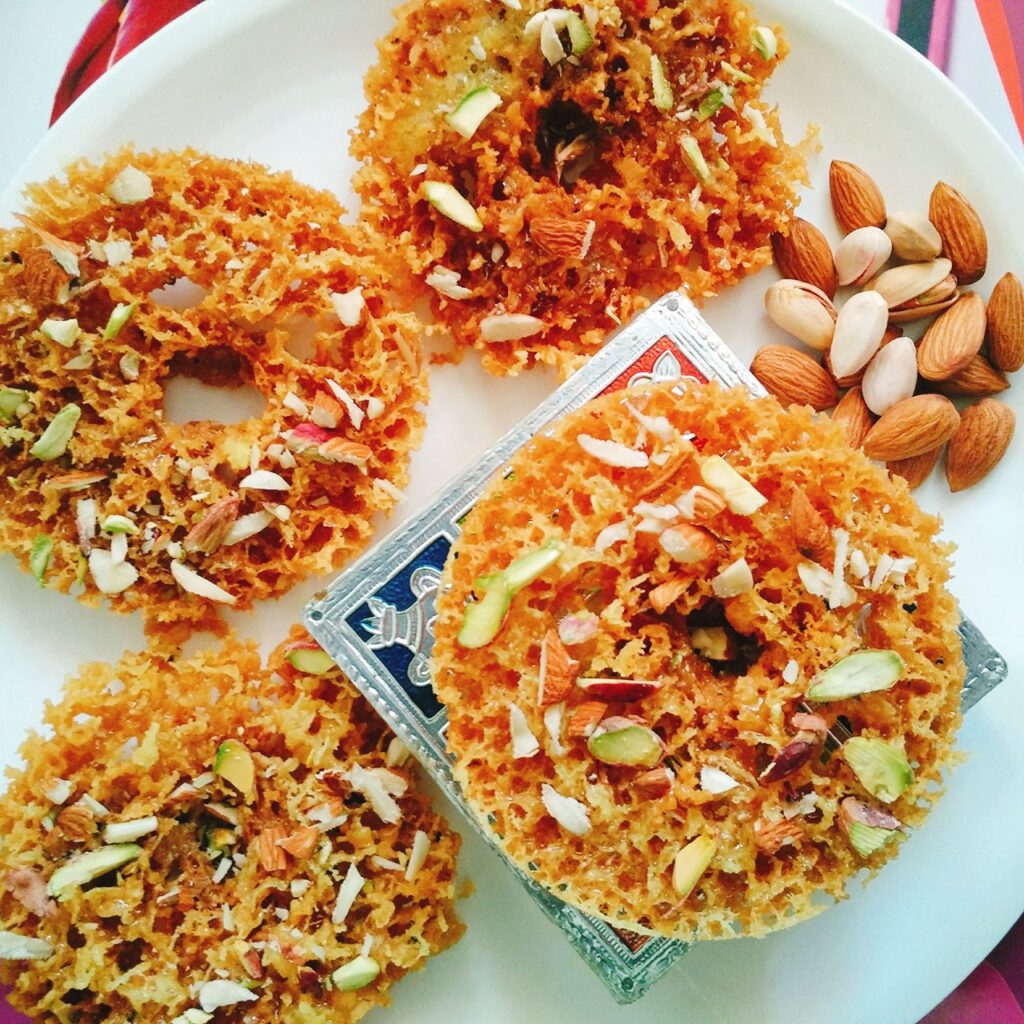
10) Ghevar
Ghevar is a beloved Rajasthani dessert often enjoyed during festivals like Teej and Raksha Bandhan. This honeycomb-like, disc-shaped sweet is known for its crispy texture and delightful taste.
To make Ghevar, you start by creaming ghee (clarified butter) with ice cubes until it turns pale and fluffy. This step is crucial as it helps achieve the right texture.
Once the ghee is ready, you add all-purpose flour (maida) gradually, mixing well to ensure a smooth batter. Incorporate cold milk and water to get the batter to the right consistency.
Pour the batter into hot oil in a special Ghevar mold or a deep frying pan. The batter spreads out, forming the signature honeycomb pattern as it cooks.
After frying, the Ghevar is soaked in sugar syrup. The syrup should be of one-thread consistency to coat the Ghevar perfectly.
Traditionally, Ghevar can be topped with saffron strands, sliced almonds, and pistachios for an added richness. Each bite offers a burst of sweet, crunchy goodness.
Making Ghevar at home might seem challenging, but the result is a delicious treat that’s worth the effort.
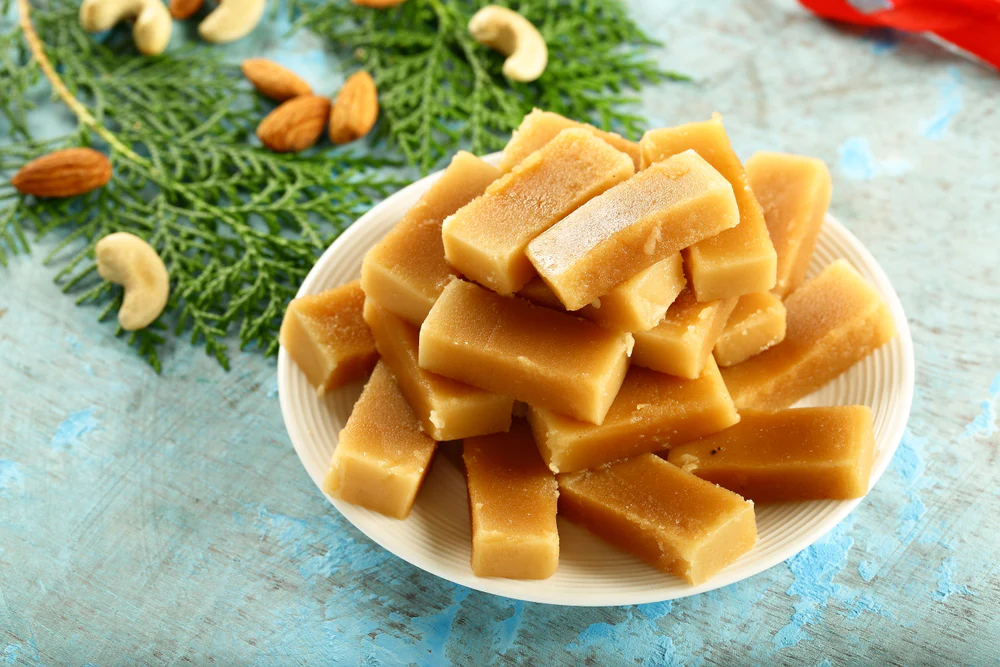
11) Mysore Pak
Mysore Pak is a traditional Indian sweet originating from South India. It is rich, buttery, and has a melt-in-your-mouth texture.
To make Mysore Pak, you will need gram flour (besan), ghee, sugar, and a bit of water. First, sieve the gram flour to remove any lumps.
Next, heat a mixture of sugar and water until it reaches a one-string consistency. While doing this, keep another pan ready with hot ghee and oil.
Once the sugar syrup is ready, slowly add the sieved gram flour while continuously stirring. This ensures a smooth mixture without lumps.
Gradually, add the hot ghee and oil mixture to the pan while stirring. The mixture will begin to bubble and release a fragrant aroma.
Cook until the mixture thickens and starts to leave the sides of the pan. Then, pour it into a greased pan and let it set.
Once it cools down, cut it into desired shapes. Enjoy Mysore Pak as a delightful treat for festivals or any special occasion.
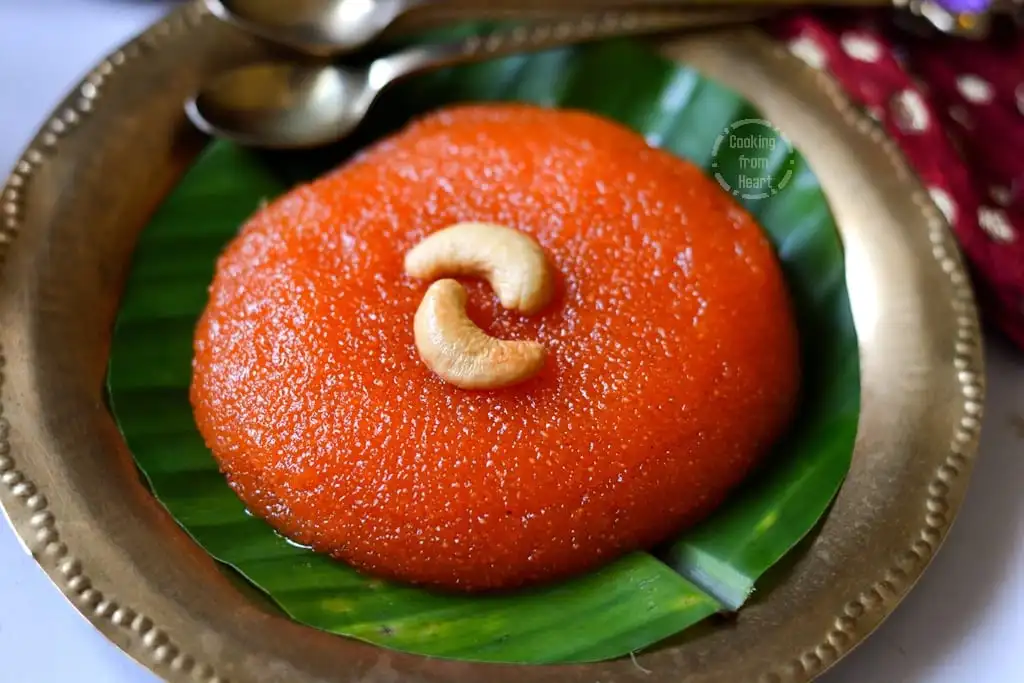
12) Rava Kesari
Rava Kesari is a popular Indian dessert made with semolina, ghee, sugar, and water. It’s often flavored with cardamom and garnished with nuts.
First, roast the semolina (rava) in ghee until it turns slightly aromatic. This step ensures the semolina doesn’t get clumpy when cooked.
Boil water in a separate pot. Pour the boiling water slowly into the roasted semolina, stirring continuously to avoid lumps. Cooking it on low heat will help the semolina absorb the water evenly.
Once the semolina is well-cooked, add sugar and mix well. Adding sugar can make the mixture a bit runny, but keep stirring on low flame until it thickens.
Enhance the flavor by adding cardamom powder and a pinch of saffron if you like. Stir well to combine.
You can also add cashew nuts or raisins sauteed in ghee for extra richness and texture. Serve it warm, and enjoy the delightful taste of Rava Kesari.
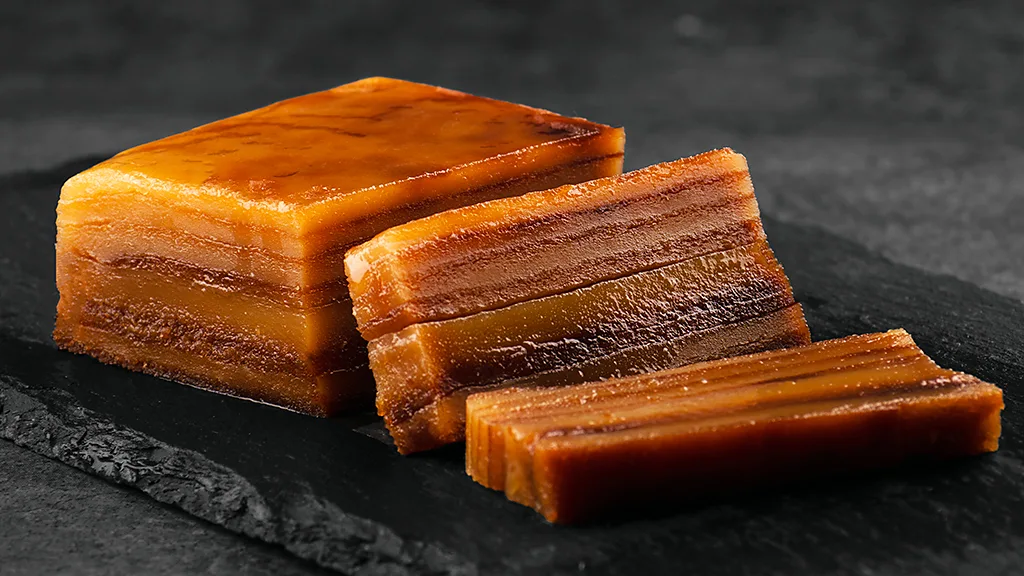
13) Bebinca
Bebinca is a traditional Goan dessert known for its multiple layers. It’s also called the queen of Goan desserts.
To make bebinca, you need patience because each layer is cooked separately. Traditional versions have seven layers, but some have as many as sixteen.
You start with coconut milk, sugar, flour, eggs, ghee, and sometimes caramel syrup. Combine coconut milk and sugar, stirring until the sugar dissolves. Then, add egg yolks, one at a time, mixing well.
Next, add flour and a bit of ghee, mixing everything together. Pour a small amount of batter into a greased pan and bake until set. Repeat the process layer by layer.
Each layer needs to be cooked separately, making sure it’s baked properly before adding the next. The result is a rich, moist cake with distinct layers.
Bebinca is perfect for special occasions and celebrations. Its unique texture and flavor make it a standout dessert.
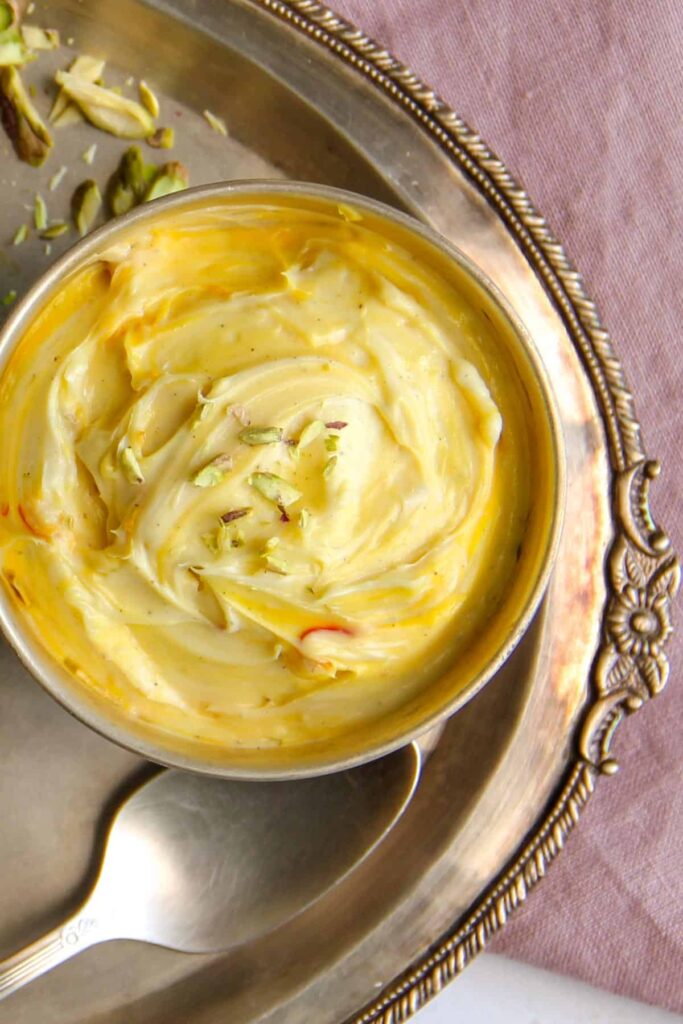
14) Shrikhand
Shrikhand is a classic Indian dessert made from strained yogurt. It’s sweet, creamy, and often flavored with saffron and cardamom.
To prepare Shrikhand, start by straining plain yogurt to remove excess water. You can use a muslin cloth or a fine strainer. This process usually takes around 8 hours.
After straining, transfer the thick yogurt to a bowl. Add powdered sugar to the yogurt and mix well. The amount of sugar can be adjusted to taste.
Soak a pinch of saffron strands in warm milk. Let it sit for about 10-15 minutes. This will give the Shrikhand a rich color and aroma. Add this saffron milk to the yogurt mixture.
Next, add cardamom powder for extra flavor. Mix until the yogurt is smooth and creamy. You can also add chopped nuts like pistachios for some crunch.
Cover the bowl and refrigerate the Shrikhand for 1-2 hours. This helps the flavors to blend well. Serve it chilled, garnished with a few more nuts on top if desired.
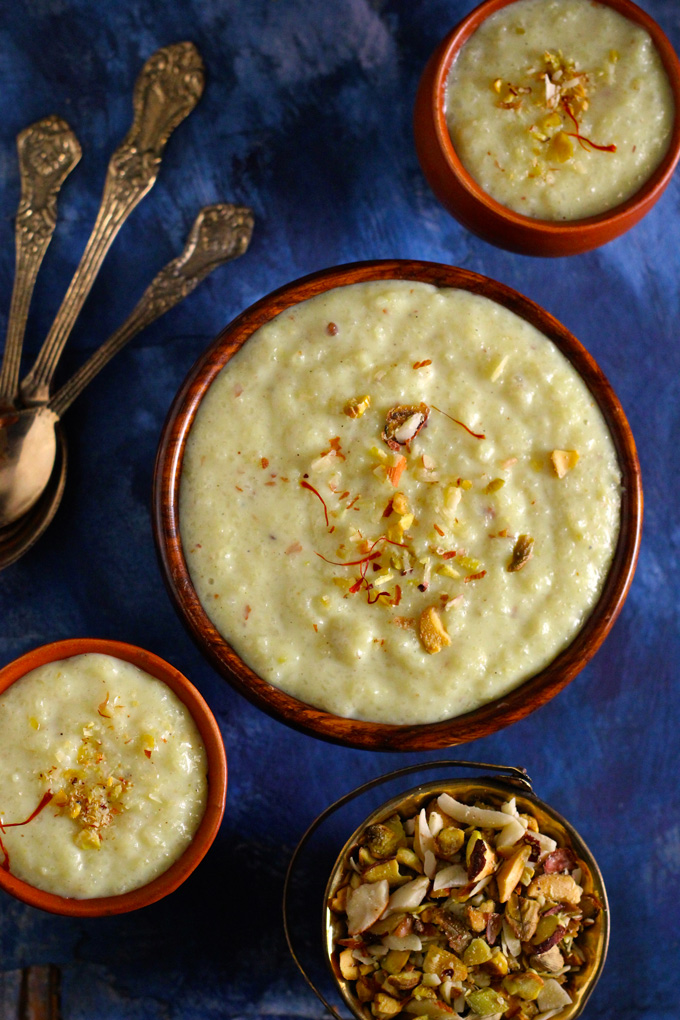
15) Phirni
Phirni is a creamy and rich Indian dessert made with ground rice, milk, and sugar. It is flavored with cardamom, saffron, and sometimes rose water.
To start, soak rice in water for about an hour, then grind it into a coarse paste. This gives phirni its unique texture.
Bring milk to a boil, add the rice paste, and cook until the mixture thickens. Stir constantly to prevent lumps.
Sweeten the phirni with sugar. You can adjust the sugar according to your taste. Add cardamom powder for a warm, aromatic flavor.
For an extra touch, include saffron strands soaked in warm milk. This not only enhances the flavor but also gives phirni a beautiful yellow color.
Once cooked, pour the phirni into clay bowls or other serving dishes. Let it cool for a few minutes before chilling.
Serve chilled, garnished with chopped nuts like almonds and pistachios. These add a nice crunch and flavor contrast.
Phirni is often enjoyed during festivals and celebrations. It’s a great way to end a special meal.
This dessert is simple yet elegant, making it a favorite in many Indian households.
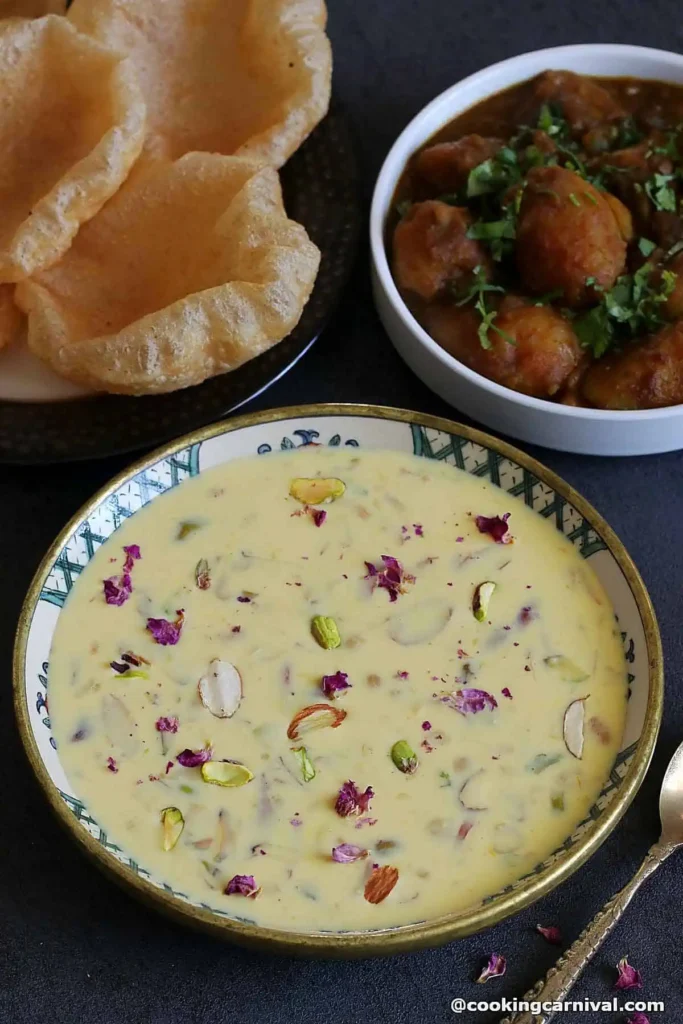
16) Basundi
Basundi is a rich and creamy Indian dessert made from milk.
To prepare basundi, start by boiling whole milk. Stir the milk continuously to prevent it from sticking to the bottom of the pan. This helps achieve a smooth texture.
Once the milk comes to a boil, reduce the heat and let it simmer. Boil the milk until it reduces to half its original quantity. Stir frequently to ensure even thickening.
Add sweetened condensed milk to the reduced milk. This adds sweetness and enhances the creamy texture. Mix well until the condensed milk is fully combined with the milk.
Add flavorings such as cardamom powder, nutmeg, and saffron strands. These spices give basundi its distinctive taste and aroma. Stir in slivered nuts like almonds and pistachios for added crunch.
Continue to simmer the mixture until it thickens further. This process ensures that basundi has a rich and velvety consistency. Scrape the sides of the pan to incorporate any milk solids back into the mixture.
Once basundi reaches the desired thickness, remove it from the heat. Let it cool to room temperature. You can chill it in the refrigerator before serving. Enjoy your homemade basundi as a delicious and satisfying dessert.
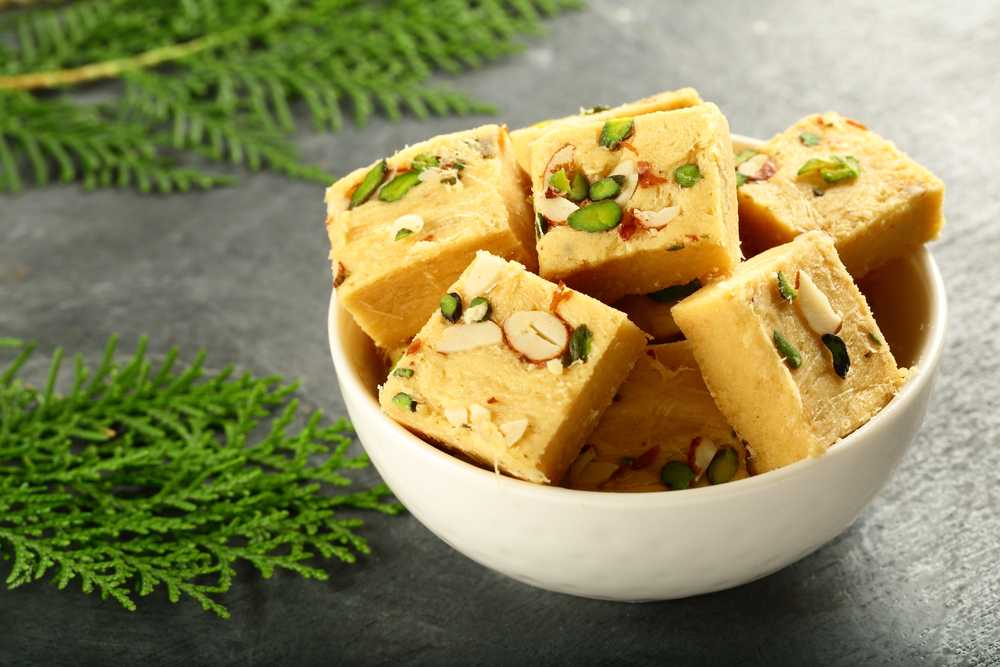
17) Soan Papdi
Soan Papdi is a popular Indian sweet known for its crisp, flaky texture. It’s often enjoyed during festivals like Diwali. Making Soan Papdi at home requires some patience, but the result is worth it.
Start by heating ghee in a pan. Add gram flour (besan) and plain flour. Stir until the raw smell is gone, which takes around 8-10 minutes.
In another saucepan, mix sugar, water, and lemon juice. Cook on low heat until it turns golden and thickens, about 20-25 minutes. Check the syrup’s consistency by dropping a bit in water; it should form a soft ball.
Once the syrup is ready, mix it with the roasted flour. Beat the mixture until it starts to form flakes. Pour this mixture into a greased pan and sprinkle with almonds and pistachios.
Let it cool and set before cutting into squares. Serve your homemade Soan Papdi as a delightful treat for family and friends.
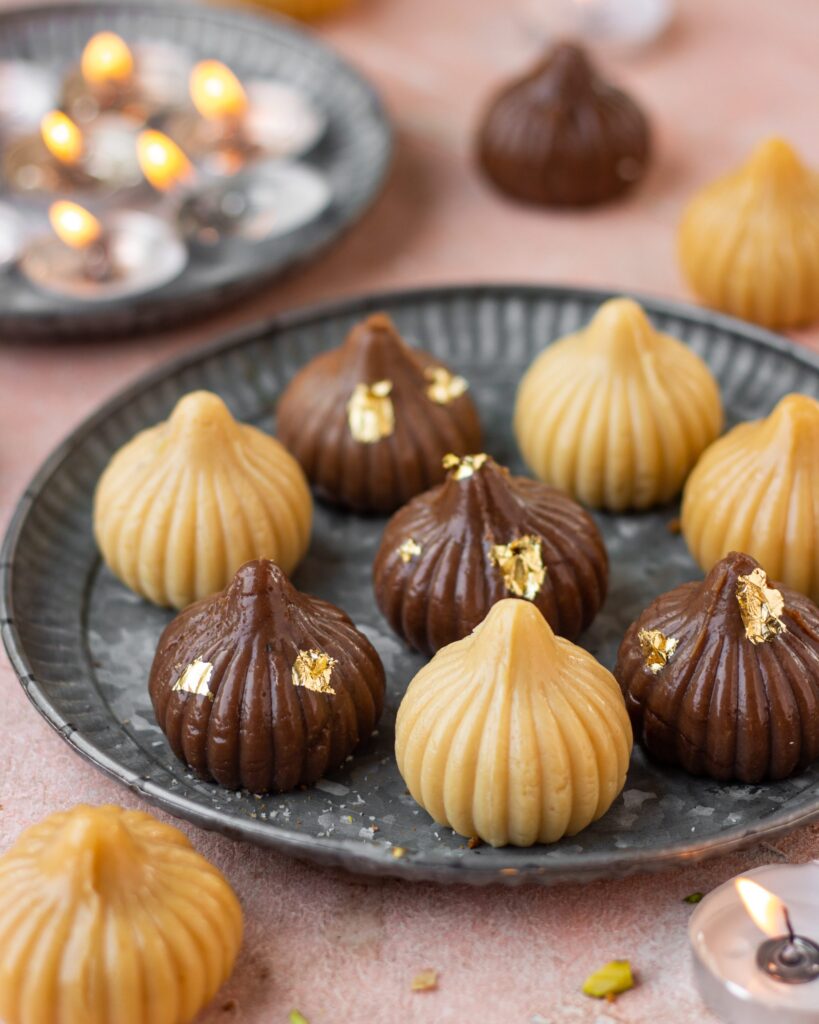
18) Modak
Modak is a popular Indian sweet, especially made during the festival of Ganesh Chaturthi. This treat has a soft outer shell made from rice flour and a sweet filling inside.
The filling is usually made from fresh coconut and jaggery. To prepare it, you cook the coconut with jaggery until it thickens. Adding cardamom powder gives it a lovely fragrance.
Shaping the Modak can be done by hand or with a mold. Using a mold may be easier if you’re a beginner. The dough is stuffed with the coconut-jaggery filling and then shaped into a dumpling.
Modaks are usually steamed. You can use a steamer or an Instant Pot to do this. The steaming process gives Modak its soft texture.
Some variations include using different fillings like Dulce De Leche or adding nuts and dried fruits. This can add a unique flavor to the traditional recipe.
Whether you stick to the classic coconut and jaggery or try new flavors, Modak is a delightful treat that embodies festive joy and tradition.

19) Malpua
Malpua are traditional North Indian pancakes made from simple ingredients like wheat flour, sugar, and cardamom powder.
You can also add ingredients like semolina, fennel seeds, milk, khoya, coconut, yogurt, or bananas to the batter. This recipe makes the pancakes flavorful and rich.
The batter is fried in ghee until golden brown.
Prepare a sugar syrup with sugar, water, rose water, and saffron for soaking the fried malpua. This adds sweetness and an inviting aroma.
Malpua are usually served with rabri, a thickened milk dessert, making them perfect for special occasions or feasts.
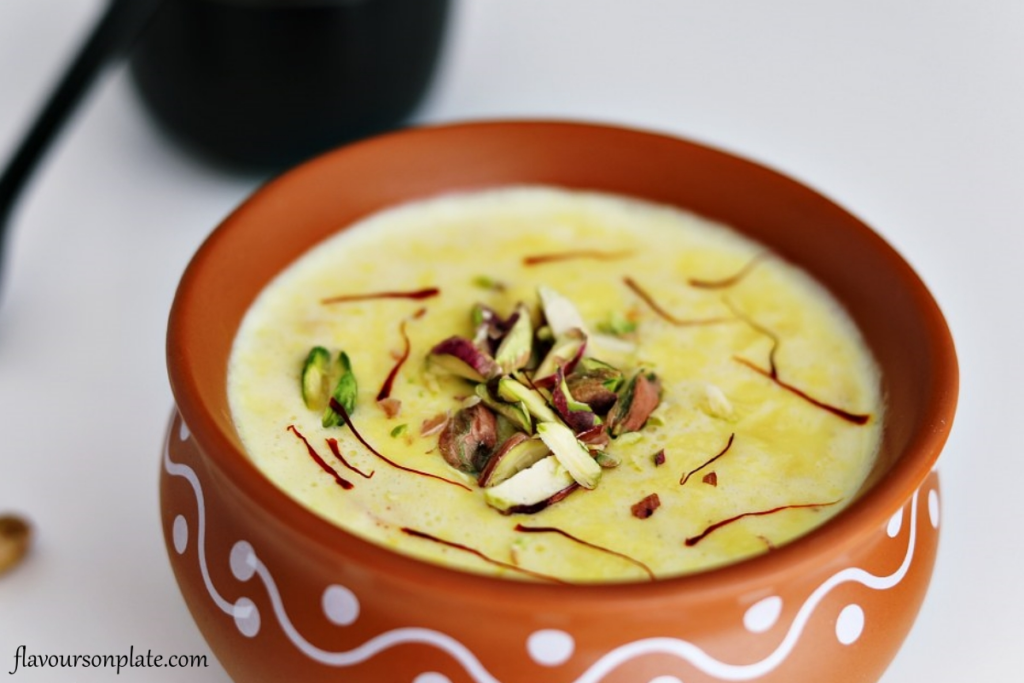
20) Rabri
Rabri is a traditional Indian dessert made from thickened milk. It’s creamy, sweet, and often flavored with cardamom and saffron. To make Rabri, you start by heating full-fat milk in a wide, heavy-bottomed pan.
As the milk heats, stir it occasionally to prevent it from scorching. While simmering, milk forms a layer of cream (malai) on top. Push this layer to the side of the pan.
Continue heating the milk and collecting the layers of cream. When the milk has reduced to a third of its original volume, mix the cream layers back into the milk. Add sugar, a pinch of cardamom powder, and a few saffron strands.
Stir the mixture well and allow it to simmer for a few more minutes. You can also add nuts like almonds and pistachios for extra flavor and texture. Let the Rabri cool down to room temperature, or chill it in the refrigerator before serving.
Rabri pairs well with Indian sweets like Gulab Jamun or Malpua. You can serve it in earthen pots for a more authentic experience. Its rich taste and creamy texture make it a favorite at festivals and special occasions.
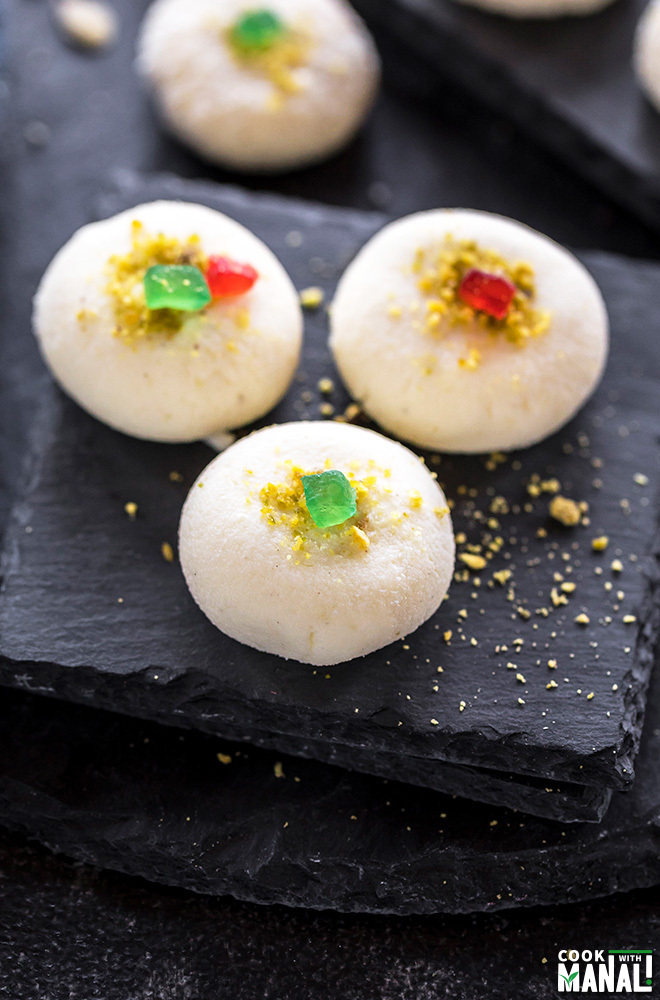
21) Sandesh
Sandesh is a delightful Bengali dessert. It is made primarily from fresh paneer (chhena).
To start, boil full-fat milk. Once it boils, add diluted lemon juice or curd to curdle the milk. Stir well and turn off the heat when curdling begins.
Strain the curdled milk through a muslin cloth. Let it drain for 30 minutes to remove excess water, forming a soft paneer.
Next, knead the paneer until it’s smooth and soft. In a pan, mix the paneer with sugar and cardamom powder. Cook on medium heat while stirring continuously.
Once the mixture thickens, let it cool. Shape the cooled mixture into small, flat rounds or use molds for design.
For added flavor, you can top your Sandesh with pistachio or saffron.
Sandesh is best enjoyed fresh and has a melt-in-the-mouth texture.
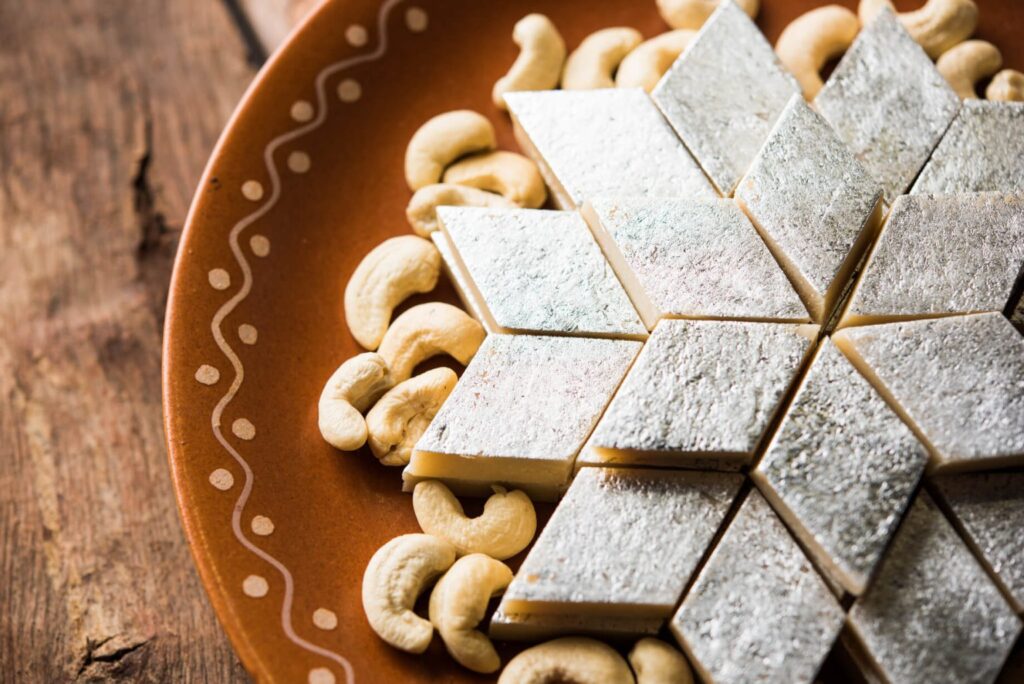
22) Kaju Katli
Kaju Katli, also known as Kaju Barfi, is a popular Indian sweet made from cashews and sugar. This dessert is often enjoyed during festive occasions like Diwali.
To make Kaju Katli, start by grinding cashews into a fine powder. This ensures a smooth texture for the sweet.
In a pan, dissolve sugar in water and cook it until it forms a syrup. There’s no need to check for string consistency; just make sure the sugar dissolves completely.
Next, gradually add the cashew powder to the sugar syrup. Keep stirring the mixture on low to medium heat until it thickens. You can add ghee and cardamom powder or rose water for extra flavor and aroma.
Once the mixture starts leaving the sides of the pan, transfer it onto a greased plate or parchment paper. Roll it out evenly to about 1/8 inch thickness using a rolling pin.
Optionally, you can adorn the top with edible silver leaf (vark). Finally, cut the rolled-out dough into diamond-shaped pieces. Let them cool before serving.
Your delicious Kaju Katli is ready to enjoy. The combination of rich cashews and sweet syrup creates a melt-in-your-mouth experience.
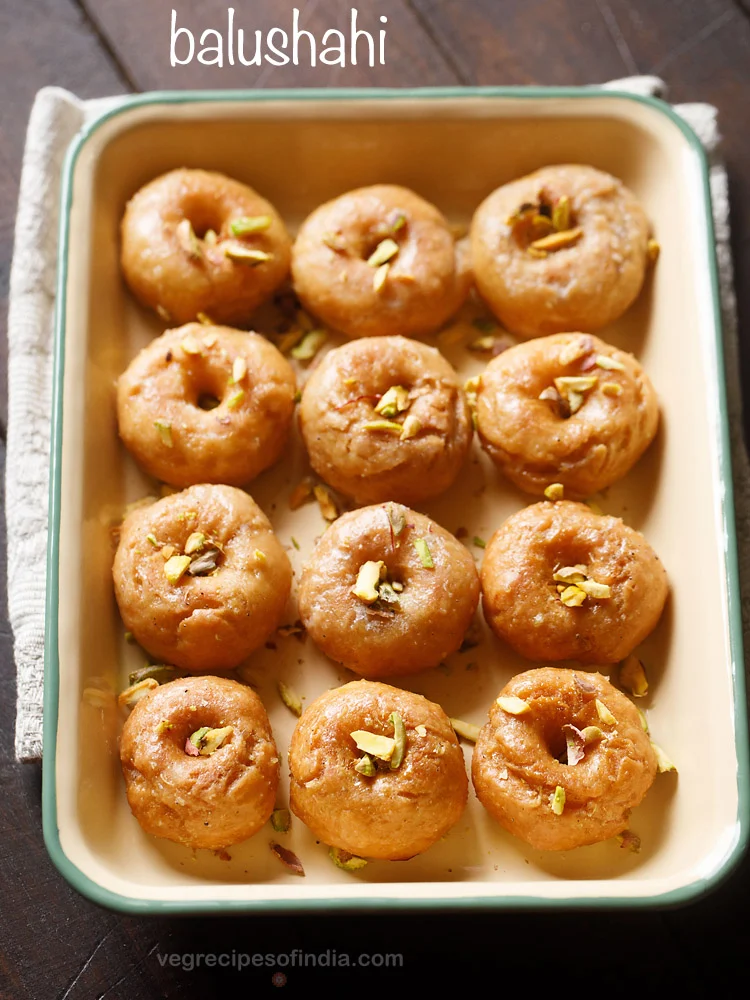
23) Balushahi
Balushahi is a traditional Indian sweet, also known as Badusha. It’s a popular dessert, especially during festivals like Diwali.
To make Balushahi, you start by making a dough from all-purpose flour, salt, and baking powder. Mix the dry ingredients, then add ghee and water to form a dough. Be careful not to overmix.
Next, shape the dough into small discs and deep-fry them until they turn golden brown. They should be crisp on the outside but soft inside.
While the dough is resting, prepare the sugar syrup. The syrup needs to be thick, often called a 1-string consistency. Flavor it with cardamom, rose water, or saffron for an extra touch.
After frying, soak the Balushahi in the sugar syrup for 14 to 15 minutes. This allows them to absorb the sweetness but remain somewhat crisp.
Once done, you can sprinkle chopped pistachios on top for garnish. Serve these delightful sweets at room temperature and enjoy their unique taste and texture.
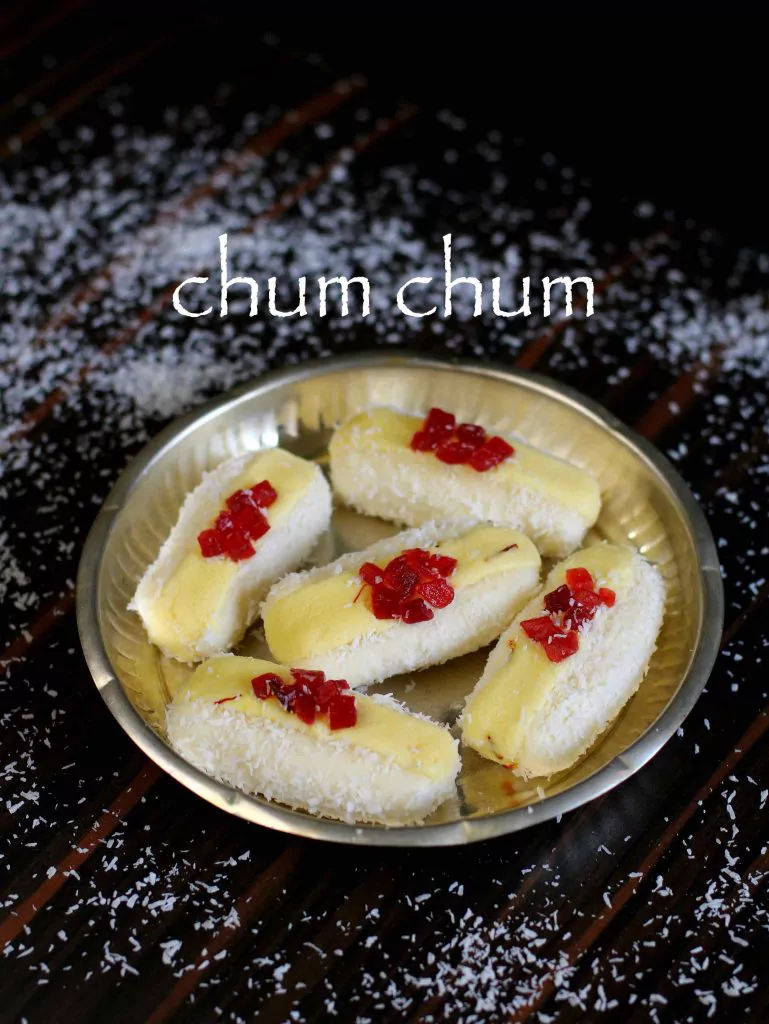
24) Cham Cham
Cham Cham is a traditional Bengali dessert.
You make Cham Cham using chenna, which is curdled milk. Chenna forms into oval or cylindrical shapes.
To prepare Cham Cham, you need to boil it in sugar syrup. Start by making the syrup with sugar, water, and a bit of cardamom powder for flavor. Bring it to a consistent boil.
Gently add the Cham Cham pieces to the boiling syrup. Cover the pot and cook on medium heat for about 8 to 9 minutes. Turn them over gently to ensure even cooking. Continue cooking for another 15 minutes until they become firm yet sponge-like.
After cooking, let the Cham Cham rest in the syrup for about 10 minutes. Remove them and let cool. You can serve Cham Cham chilled with a garnish of nuts or enjoy it plain.
Cham Cham offers a delightful bite, being both sweet and slightly chewy. This dessert is perfect for festive occasions or just as a treat to end a meal.
Health Benefits of Indian Desserts
Indian desserts can be both delightful and nutritious. They often incorporate ingredients that are beneficial to your health, such as natural sweeteners and nutrient-dense foods.
Nutritional Value
Indian desserts often use a variety of nutritious ingredients like nuts, seeds, and grains. For instance, desserts like Sweet Potato Halwa and Moong Dal Halwa include ingredients rich in vitamins and minerals.
Sweet potatoes provide Vitamin A, which is good for your eyesight.
Moong dal is a good source of protein and fiber, important for your digestive health.
Using whole grains like rice flour in desserts such as Unni Appam adds to your intake of complex carbohydrates, helping maintain energy levels.
Ghee, used in several recipes, provides healthy fats and fat-soluble vitamins like Vitamin E.
Use of Natural Sweeteners
Many Indian desserts rely on natural sweeteners like jaggery, honey, and dates instead of refined sugar. These sweeteners contain essential nutrients and minerals.
Jaggery is rich in iron and helps in boosting your hemoglobin levels.
Honey provides antioxidants and has antibacterial properties.
Dates are full of fiber, which can help with digestion and provide a steady release of energy.
Using these natural sweeteners not only enhances the flavor but also contributes to your nutritional intake. Replacing refined sugar with these alternatives can help manage blood sugar levels and reduce the risk of lifestyle diseases.
Traditional Ingredients and Techniques
Many Indian desserts use specific ingredients and methods that give them their unique flavors and textures. You will commonly find ghee, cardamom, and saffron in these recipes, along with special cooking techniques like slow cooking and deep frying.
Common Sweetening Agents
Indian desserts often use various types of sweeteners to create distinct flavors. Sugar is the most common sweetener, usually added in different stages of cooking to get the right consistency. Jaggery, an unrefined cane sugar, gives a rich flavor and is often used in traditional sweets like laddoos and chikkis.
Khoa (or khoya) is another important sweetening ingredient made from simmering milk until it reduces to solids. It’s frequently used in making sweets like gulab jamun and peda. These sweeteners not only provide sweetness but also help in forming the structure and texture of many desserts.
Traditional Cooking Methods
Traditional Indian sweets typically rely on specific cooking methods. Slow cooking is crucial for desserts like gajar ka halwa, where carrots are cooked slowly in milk until they become soft and fragrant. This method helps intensify flavors and aromas.
Deep frying is often used to prepare sweets such as jalebi and gulab jamun. In these, the dough is fried until crispy or golden brown, then soaked in sugar syrup to absorb flavors. Sometimes, desserts are also steamed, like in the case of idlis, although less common in desserts than in savory dishes.
Additionally, roasting ingredients like gram flour for besan ladoo not only enhances flavor but also improves the texture, making it smooth and melt-in-your-mouth. Each method contributes uniquely to the final taste and texture of the dessert.
Cultural Significance
Indian desserts hold a deep cultural significance, playing important roles in festivals and celebrations and varying greatly by region. These sweets represent more than just food, embodying wealth, prosperity, and tradition.
Festivals and Celebrations
Indian sweets are a must-have during festivals. Diwali, the festival of lights, sees a rich assortment of desserts like Gulab Jamun, Jalebi, and Kheer. Sweets during Diwali symbolize wealth and are offered to guests to share joy.
During Holi, colorful sweets like Gujiya and Malpua are prepared. The riot of colors in the desserts matches the spirit of the festival. Raksha Bandhan, which celebrates the bond between brothers and sisters, often includes Barfi and Laddoo.
Marriage ceremonies also feature elaborate sweet dishes. Rasmalai and Shahi Tukda are common, representing the happiness in union and new beginnings. Each sweet has its place and purpose, making these occasions memorable.
Regional Variations
Different regions in India have their specialties. In Bengal, Rasgulla and Sandesh are iconic, focusing on milk-based ingredients. Down south, Mysore Pak and Payasam are famous, with a distinct use of ghee and coconut.
In Maharashtra, you find Puran Poli, a flatbread filled with sweet lentils. Meanwhile, Rajasthan boasts of Ghevar, a honeycomb-like cake soaked in syrup. These regional sweets highlight local ingredients and culinary techniques.
Each state presents its unique take on desserts, reflecting local flavors and traditions. From the pistachio and saffron-infused sweets of North India to the jaggery and coconut delights of the South, regional variations enrich the Indian dessert landscape.
